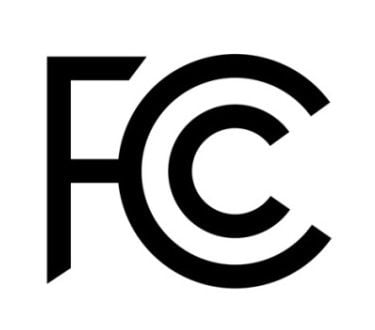More than 20 radio stations are known to be off the air in Florida as Hurricane Ian’s impact is still being assessed. The Federal Communications Commission said Thursday that 15 FMs and six AMs said reported they were dark. The number – from the FCC’s Disaster Information Reporting System – is a snapshot in time, however, and more or fewer stations may be off the air from the storm. A half dozen television stations are also not on the air according to the FCC.

Speaking to reporters following the Commission’s monthly meeting on Thursday, Chair Jessica Rosenworcel said that the agency has been on the ground in Florida since before Hurricane Ian made land Wednesday afternoon.
“We sent two teams down early to Florida to perform a baseline survey of communications, which helps us better understand storm recovery,” Rosenworcel said. “We're going to continue to monitor the situation and we are absolutely committed to making sure that communications is restored and is recovered,” she said.
In the Ft. Myers-Naples market, where Ian turned streets into rivers, damaged two bridges, demolished the power grid and left widespread destruction, many stations that remained on the air were in a second day of carrying wall-to-wall storm coverage on Thursday. Beasley Media Group stations were airing audio from Waterman Broadcasting “NBC-2” WBBH-TV while iHeartMedia’s stations in the market were simulcasting “Operation Storm Watch” from news/talk sister “NewsRadio” WFLA Tampa (970). Several station streams in the market were offline Thursday afternoon. Up the Gulf Coast in Tampa and across the I-4 corridor in Orlando, most FMs had returned to regular programming on Thursday, while airing frequent storm updates. In Jacksonville, Cox Media Group news/talk “News 104.5” WOKV was in wall-to-wall Ian coverage.
FCC Coordinating With FEMA
Some FCC staffers spent Wednesday night inside the Sarasota Police Department where they helped set up a Wi-Fi link to make sure critical information was relayed. And the FCC has been coordinating with the Federal Emergency Management Agency and state and local officials about the state of their communications. “We have also put out multilingual PSAs,” Rosenworcel said.
The wireless networks have been harder hit than broadcasters so far. The FCC says 10.9% of cell sites are reported out of service in Florida. But in the counties around Ft. Myers, that number is much higher with the FCC reporting two-thirds of cell towers are offline. It points out, however, that the number of cell site outages in a specific area does not necessarily correspond to the availability of wireless service to consumers in that area since wireless networks are often designed with numerous, overlapping cell sites.
The FCC has also been pushing telecommunications companies to take more aggressive steps to make wireless networks more resilient, including roaming on one another’s networks. Commissioner Brendan Carr said he thought mobile providers should allow for cross-network roaming immediately, where feasible, rather than waiting a few days.
pushing telecommunications companies to take more aggressive steps to make wireless networks more resilient, including roaming on one another’s networks. Commissioner Brendan Carr said he thought mobile providers should allow for cross-network roaming immediately, where feasible, rather than waiting a few days.
“I would encourage all the mobile wireless carriers out there to look to be very quickly opening up roaming, which can be a very effective way of getting people help,” said Carr. “The hours are vitally critical.”
The FCC’s daily update says that cable TV and wireline companies also reported 525,966 subscribers out of service in the disaster area for Hurricane Ian, including the loss of telephone, television, and internet services. That is up from 26,716 subscribers out of service on Wednesday.


